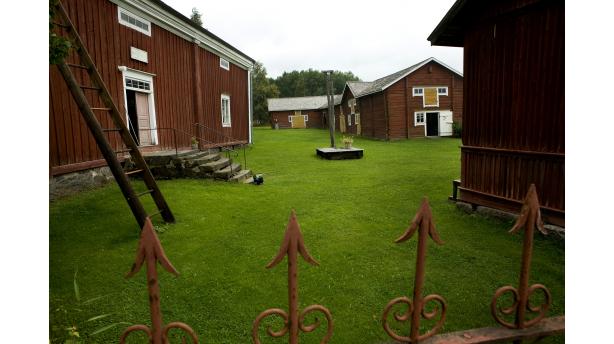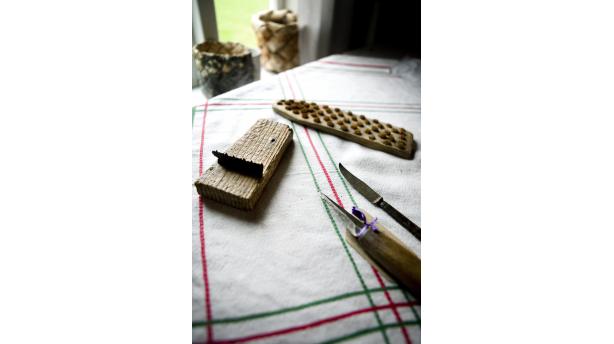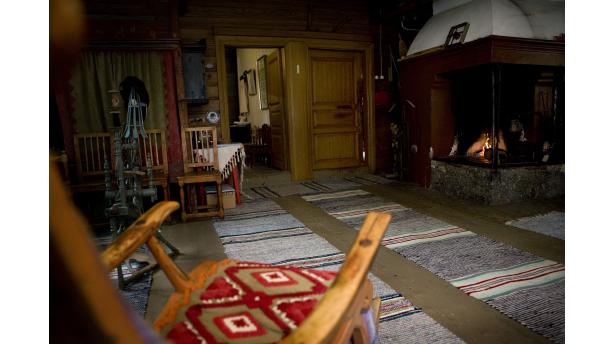Laihia has long traditions in horse-breeding and horse racing. In the master’s chamber are displayed items connected with horse racing and Eri-Aaroni. Eri-Aaroni was a successful race horse from Laihia, a race king, with many star runners of horse racing among its offspring.
Museum A-Ö » Rural life and craft » Laihia Museum and the Museum of Stinginess
Laihia Museum and the Museum of Stinginess



Did you know...
Laihia has long traditions in horse-breeding and horse racing. In the master’s chamber are displayed items connected with horse racing and Eri-Aaroni. Eri-Aaroni was a successful race horse fr ...
The Laihia Museum and the Museum of Stinginess are a versatile travel destination for the whole family. The objects and buildings in the museum tell the tale of a typical Ostrobothnian estate of the late 19th century. The famous stinginess of the people of Laihia is represented with worn-out items, with a twinkle in the eye.
The Laihia Museum is situated in the Rapila House built in 1827. The building is on its original site, but the museum was relocated there in the 1970s. Rapila used to be a wealthy estate; the walls were for instance painted and decorated with floral patterns.In the museum are over 5 000 artefacts and 16 buildings, the oldest one of them a grain barn from the year 1731. The objects date back to the 18th and 19th century. One of the oldest items in the museum is a bridal bench with the year “1683” carved in its back. There are also displayed grave heaps discovered in Laihia and for instance ancient findings dating back to the Iron Age. On view in the attic are tools and textiles, for example pieces of clothing from the wartime.
It used to be common, that the so called “bag Russkies” or peddlers went around from house to house selling supplies they carried in their bags. On display in the museum is an early 20th century bicycle, which used to belong to Aleksei Mitrofanoff, a “bag Russkie” born in Laihia in 1877. He began to work at an early age in his father’s store and made many contacts with peddlers. Later he became a successful businessman and commercial counsellor.
The Museum of Stinginess is one of the most exceptional museums in Finland, and in its collections can be found worn-out items and plenty of humour. The people of Laihia are famous penny pinchers known for their stinginess. Laihia is jokingly called “the Scotland of Finland”, as Scotland is also known for its parsimony. The museum items also tell about the way of life in the old times and how everything was saved and utilized. For instance every part of a slaughtered animal’s corpus was utilized for different purposes, and when a fully served meat knife was dulled, it was re-utilized as a carpet knife.
The Museum of Stinginess building is a former croft, which has been erected on the outskirts of the parish probably already in the 18th century. The walls have been papered with newspapers and the gaps between the logs have been sealed with moss. The crofts were usually inhabited by the poorest of the society and in a two-room cottage could be dwelling a family of ten.


